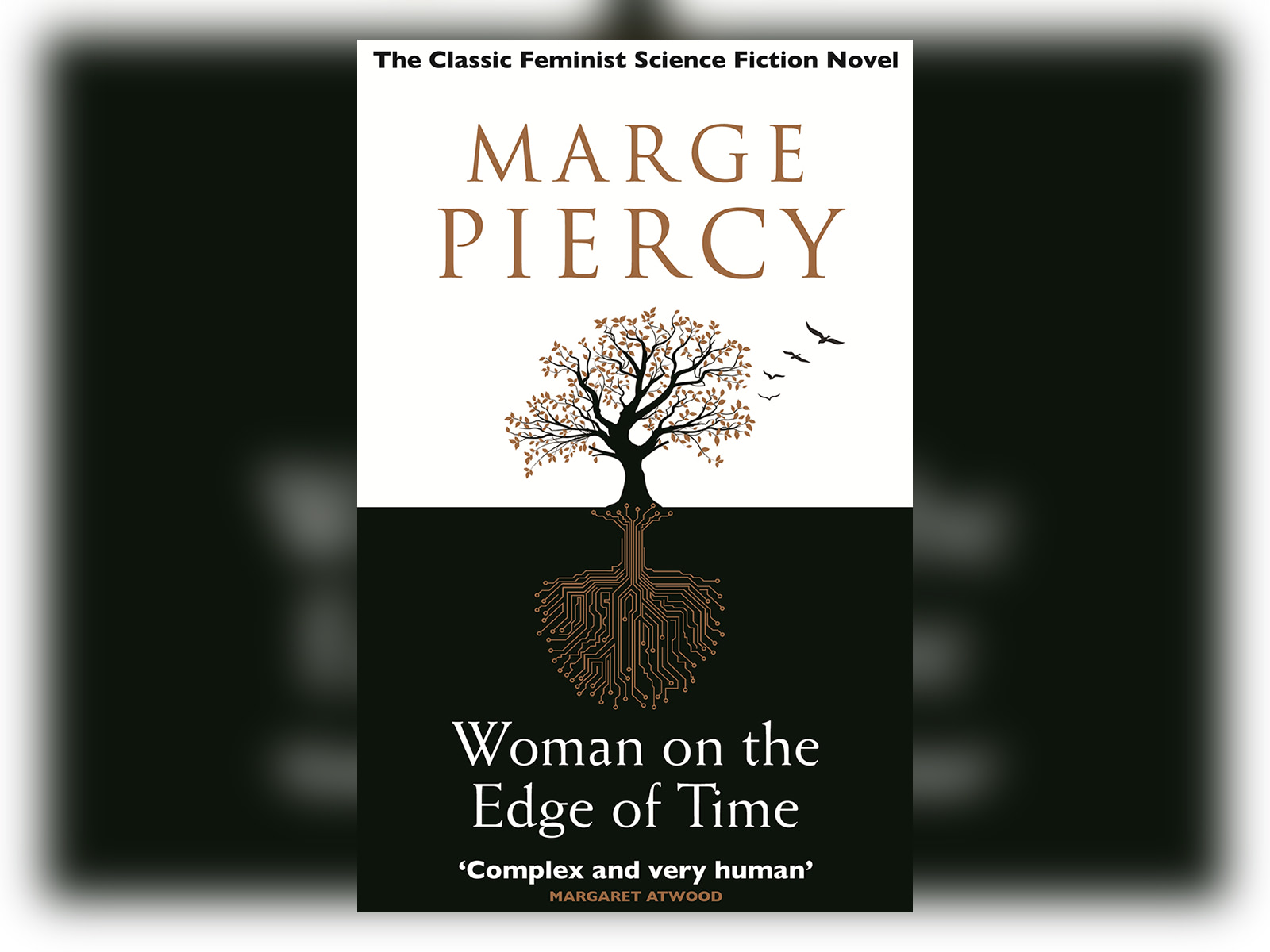In her utopian novel Woman on the Edge of Time (1976), Marge Piercy addresses class, gender, and race as political and social issues in contemporary society. In her novel, these matters cause struggle and wars among social classes and individuals.
In the story the main character, Connie, is in communication with an androgynous, time-traveling being, Luciente, who shows Connie a thrilling, idyllic future for humanity.
In this version of the future, patriarchy topples; sexism, homophobia, and xenophobia perish; homelessness is solved; social and economic class systems and existing power structures crumble, and the government decentralizes into a socially conscious anarchy.
In this future, people live communally and make polyamorous families, and have even abolished live births—all babies are born from the “brooder”. Every child has three “mothers” (of either gender) who are genetically unrelated to the child.
As a kind of side effect, skin colour has become detached from culture—they’re making sure to increase the proportions of black and hispanic genes through the population, but they want to avoid racism. This randomness in color shows a future where skin color is entirely aesthetic.
The concepts of class, gender, and race, and how these issues are used in Piercy’s Woman on the Edge of Time to set light on some aspects of the fictional world but also to provide a utopian future alternative. This way, Piercy intentionally urges her readers to think about future alternatives and if it’s possible to work for. But Connie also bears witness to another potential outcome: a dystopian society of grotesque exploitation.
This book tip is part of The Harvest: Family Issue. Sign up here.

Share your thoughts and join the technology debate!
Be the first to comment